Online marketing strategies are important, but experts on marketing medical practices say it takes more than a virtual presence to persuade people to visit a particular physician and tell friends and family to do the same. Practices may have to use some good, old-fashioned paper, metal or plastic to get out various messages.
“Patients are seeing 10,000 messages a day,” said Steven V. Dubin, president of PR Works in Kingston, Mass., who works with medical practices “If you want yours to break through the clutter, you need to make sure it’s high-impact and in different forms.”
Such marketing efforts do not have to consume large amounts of money or staff time. Actually, some of these six quick and cheap ways to get the message out are deceptively simple.
1. “Open to new patients” sign. A physician’s current patients may be his or her biggest fans, but they may not know the practice has room for more. A sign in the waiting room saying something along the lines of “Your referrals are among the highest forms of flattery” or “We are accepting referrals at this time. We appreciate recommendations to your friends, family and co-workers,” may persuade current patients to help spread the word.
“A lot of people won’t think of referring until you ask them to,” said Robin Samora, founder and president of Let’s Make You Shine, Business and PR Strategy, a public relations firm in Boston. “You need to tell them you have an opening in the practice.”
The sign should be professionally created out of metal or plastic. Handwritten signage can look tacky and be a turnoff, public relations experts said.
2. Tchotchkes. Another suggestion from experts on marketing medical practices is to offer an item that is appropriate for the practice and that patients would like to use. For example, a pediatric practice could give children silicone wristbands to promote awareness of various health-related causes. Calendars and magnets with the practice’s name and address may work. Practices encouraging physical fitness may do well handing out branded pedometers.
“Practices need to consider their target market and how they are going to reach them,” Samora said.
These tchotchkes may serve as reminders to current patients about the practice, but others also might see the information. For example, a refrigerator magnet may be an easy way for a patient to find a practice’s phone number, but it also could be noticed by visitors.
3. Office open house. Depending on the type of practice, an open house could show established patients that they are appreciated and introduce the office to potential patients. The open house may include an educational component, such as a brief presentation by a physician, or minor health screenings, such as blood pressure checks by other office staff. Or it may be a chance for patients to sit down casually with a physician to discuss philosophy of care. An open house also many be an opportunity for a practice to show off a redesign or new equipment.
“This can be a learning opportunity for both parties,” Samora said. “Patients get to ask questions, and physicians learn what the common questions are.”
These events can be promoted through communication with patients who are asked to invite friends and relatives.
4. Public speaking event. Community organizations usually are looking for speakers, which means opportunities for physicians to talk about their areas of expertise. This, in turn, can make the practice more attractive to current patients and bring in new ones. Marketing experts advocate talking to audiences who mirror the kind of patients the practice is hoping to attract.
“Give your knowledge away,” said Rina Shah, principal and founder of Rilax Strategies, a communications consultancy based in Washington. “What you know about medicine and wellness is interesting and valuable to others. Offer to speak at local health expos, to women’s groups or business clubs on a topic related to public health. You will gain valuable exposure.”
5. “Buck slip.” A billing statement can do more than ask for money. It can include a “buck slip,” or dollar-sized piece of paper with information about the practice, available services, honors the physician may have received recently and requests for referrals.
“You’re already sending out the piece of mail,” Dubin said. “You might as well take advantage of that.”
These may be created simply and cheaply on office word processing software and then photocopied and cut to size. Or they can be more complicated and glossy if ordered from an online printing house for about $100 per 500.
6. “We miss you” mailing or phone call. Attracting patients to a practice is sometimes less about persuading new ones to come in but more about reminding established ones to return. Patients who have not had contact with the practice for a certain amount of time can be mailed a letter or called by staffers. Some patients may have moved or gone through other changes that mean that it is more appropriate to go elsewhere. Or visiting a doctor may have just slipped their minds.
“People are busy and have lives that are moving at a million miles a minute,” Shah said. “It’s important to get them to think of your practice.”
Experts on marketing medical practices say these efforts should fit in with a plan that includes virtual as well as real-world strategies. All messages should be consistent and suit the practice
_______________
 |  |
$4.50 - Thank You Note Cards
see on 2 styles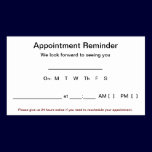
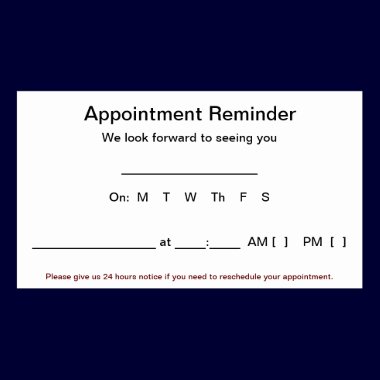
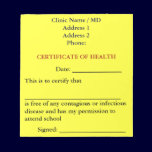
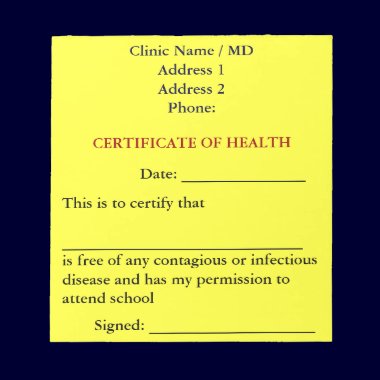
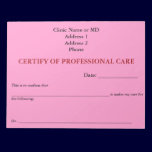
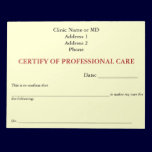
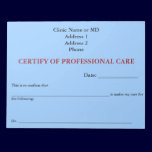
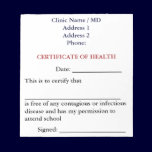
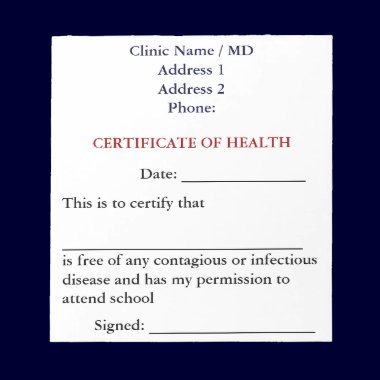
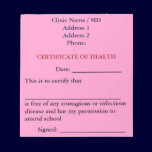
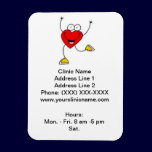
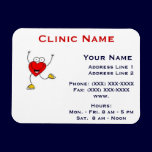
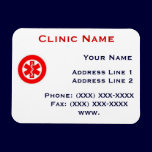
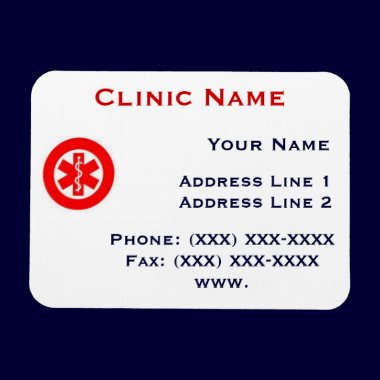
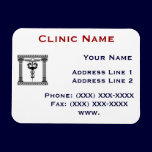

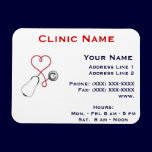
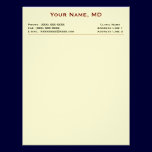
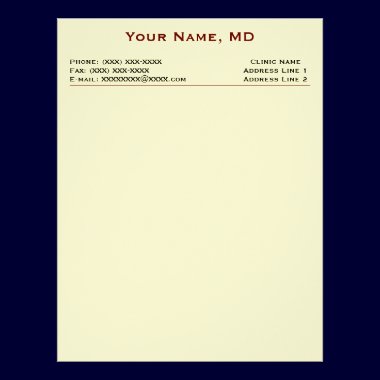


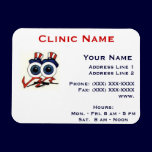
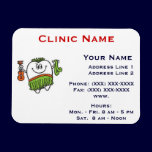
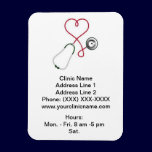

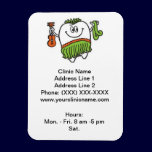




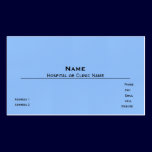
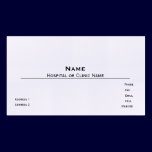
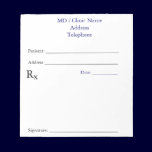
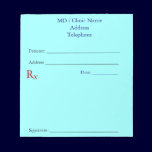
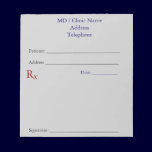
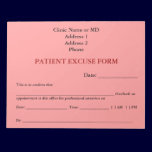
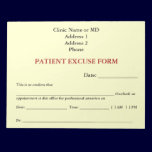
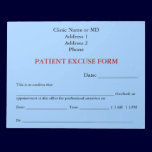

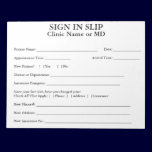
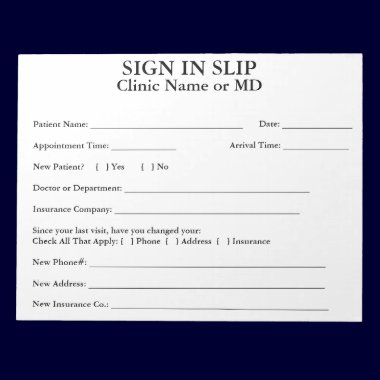
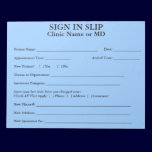

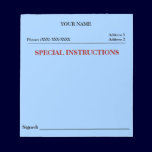

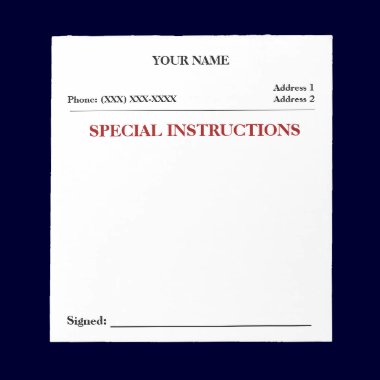

No comments:
Post a Comment